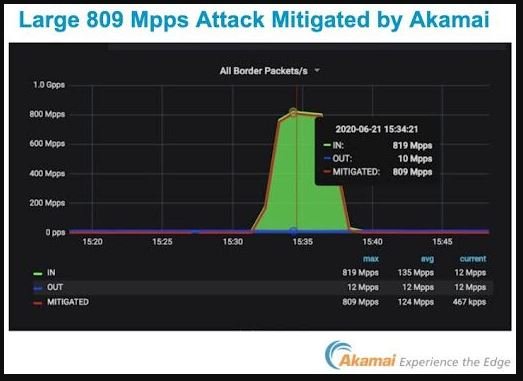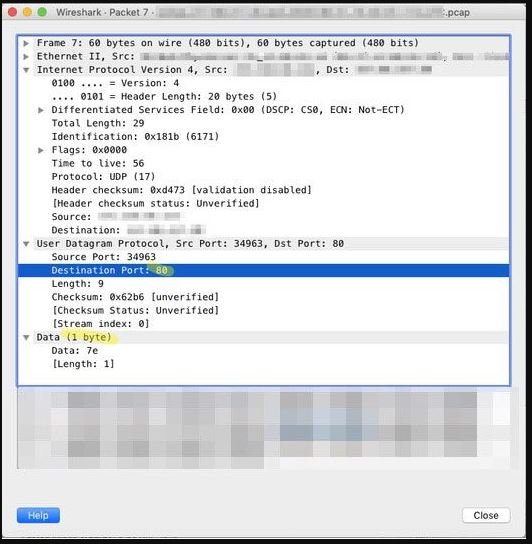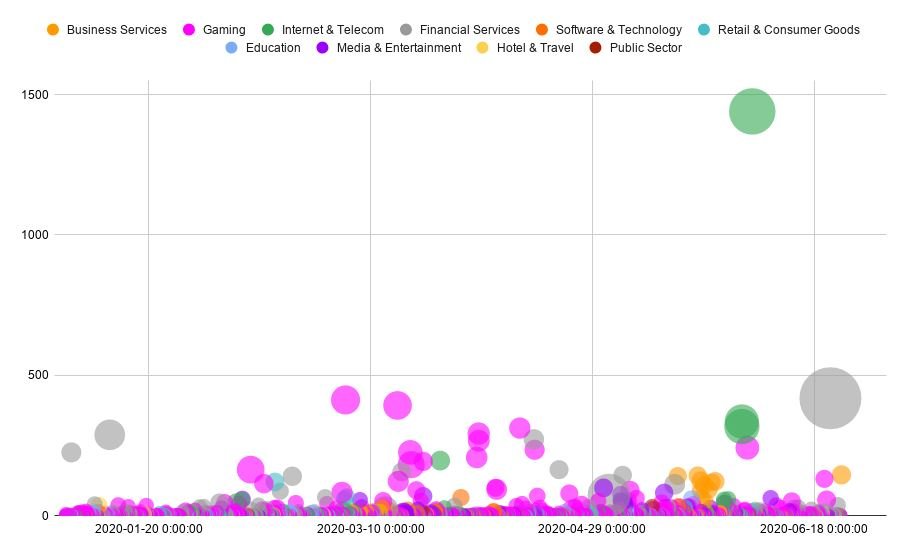Just a few days ago, malware reverse engineering experts from security firm Akamai managed to mitigate the largest denial of service (DDoS) attack. According to the report, this attack generated an average of 809 million packets per second (mpps) and was targeted at a major bank in Europe.
Researchers who detected the cyberattack mentioned that this is a new record for the industry based on the packet measurement approach per million, noting that it even doubles the scope of the record-breaking attack recorded above.

In addition, malware reverse engineering experts mention that these attacks remain one of the main vectors of hacking, pose a risk to any private company, public institution or non-governmental organization.
As mentioned in previous times, the goal of the bit-based DDoS attacker (bps) is to overwhelm network traffic by sending a much larger amount of data than the network can support. On the other hand, a packet-based per-second (pps) attack focuses on the attack against network computers and applications in data centers or cloud environments.
One way to see this difference is by making a comparison with a supermarket box; an attack measured in bps resembles thousands of people formed in the box with their supermarket carts completely full. A PPS-based attack would look more like a million people trained in the same box to pay just one pack of cigarettes. Despite the differences, the goal of the hackers is the same, mentioned by malware reverse engineering experts.
This latest attack was clearly optimized to overwhelm DDoS mitigation systems through a high PPS load. As can be seen below, the packets sent carried a 1-byte payload (for a total packet size of 29 with IPv4 headers), making it look like any other of its several billion peers.

The number of source IPs that recorded traffic to the target user increased substantially during the attack, indicating that it was highly distributed. Experts detected more than 600 times the number of source IPs per minute, compared to what is normally observed.
This attack targeted a large European bank and, as seen in the pink bubbles on the chart below, financial services are an essential part of any industry, so it is seen multiple times under computer threats. The graph shows Gbps and Mpp attacks over time in each industry attacked.

For further reports on vulnerabilities, exploits, malware variants and computer security risks, it is recommended to enter the website of the International Institute of Cyber Security (IICS), as well as the official platforms of technology companies.

He is a well-known expert in mobile security and malware analysis. He studied Computer Science at NYU and started working as a cyber security analyst in 2003. He is actively working as an anti-malware expert. He also worked for security companies like Kaspersky Lab. His everyday job includes researching about new malware and cyber security incidents. Also he has deep level of knowledge in mobile security and mobile vulnerabilities.











